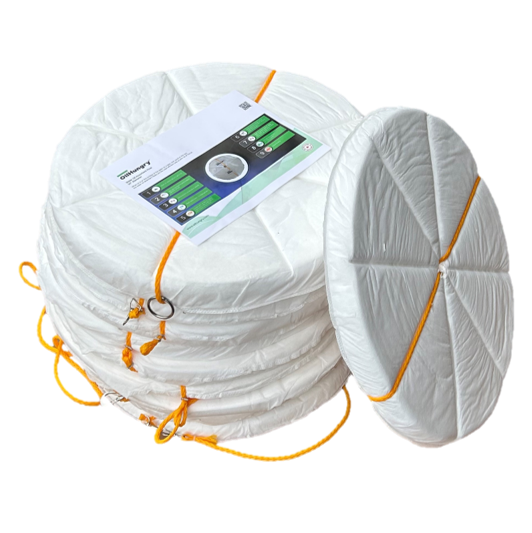Floating oil absorbent pads are a crucial tool in the fight against oil spills on water surfaces. These pads are specifically designed to float on water and absorb oil, making them highly effective in containing and cleaning up oil spills. In this blog post, we will explore how floating oil absorbent pads work and why they are a valuable asset in spill response efforts.
Construction of Floating Oil Absorbent Pads
Floating oil absorbent pads are typically made from a combination of synthetic materials, such as polypropylene or polyethylene, and natural fibers. These materials are chosen for their ability to repel water while absorbing oil, allowing the pads to float on the surface of the water and selectively absorb oil.
The construction of floating oil absorbent pads is designed to maximize their absorbency and durability. The pads are usually made with a top layer that repels water and a bottom layer that absorbs oil. This construction allows the pads to quickly absorb oil while preventing water from saturating the pads.
Absorption Mechanism
The absorption mechanism of floating oil absorbent pads is based on the principle of selective absorption. The pads are oleophilic, meaning they have an affinity for oil and will absorb oil while repelling water. When placed on the surface of an oil spill, the pads will float on the water and begin to absorb the oil, gradually becoming saturated.
As the pads absorb oil, they will become heavier and may eventually sink below the surface of the water. At this point, the pads can be removed from the water and disposed of properly. Some pads are designed to biodegrade over time, further reducing their impact on the environment.
Application of Floating Oil Absorbent Pads
Floating oil absorbent pads are used in a variety of settings to clean up oil spills on water surfaces. They are commonly used in response to oil spills from boats, oil rigs, or pipelines, as well as in industrial settings where oil is used or stored.
To use floating oil absorbent pads, simply place the pads on the surface of the oil spill and allow them to absorb the oil. Once the pads are saturated, they can be removed from the water and disposed of properly. Depending on the size of the spill, multiple pads may be used to contain and clean up the oil.
Benefits of Floating Oil Absorbent Pads
Floating oil absorbent pads offer several benefits over other methods of oil spill cleanup. They are easy to use, cost-effective, and environmentally friendly. Their ability to selectively absorb oil while repelling water makes them highly effective in containing and cleaning up oil spills on water surfaces. Additionally, many floating oil absorbent pads are made from recycled materials or are biodegradable, reducing their impact on the environment.
Conclusion
Floating oil absorbent pads are a valuable tool for managing oil spills on water surfaces. Their construction, absorption mechanism, application, and benefits make them an effective and environmentally friendly solution for containing and cleaning up oil spills. By incorporating floating oil absorbent pads into their spill response plans, businesses and organizations can help protect waterways and wildlife and demonstrate their commitment to environmental responsibility.
https://www.oilhungry.com/products/water-oil-skimmer

